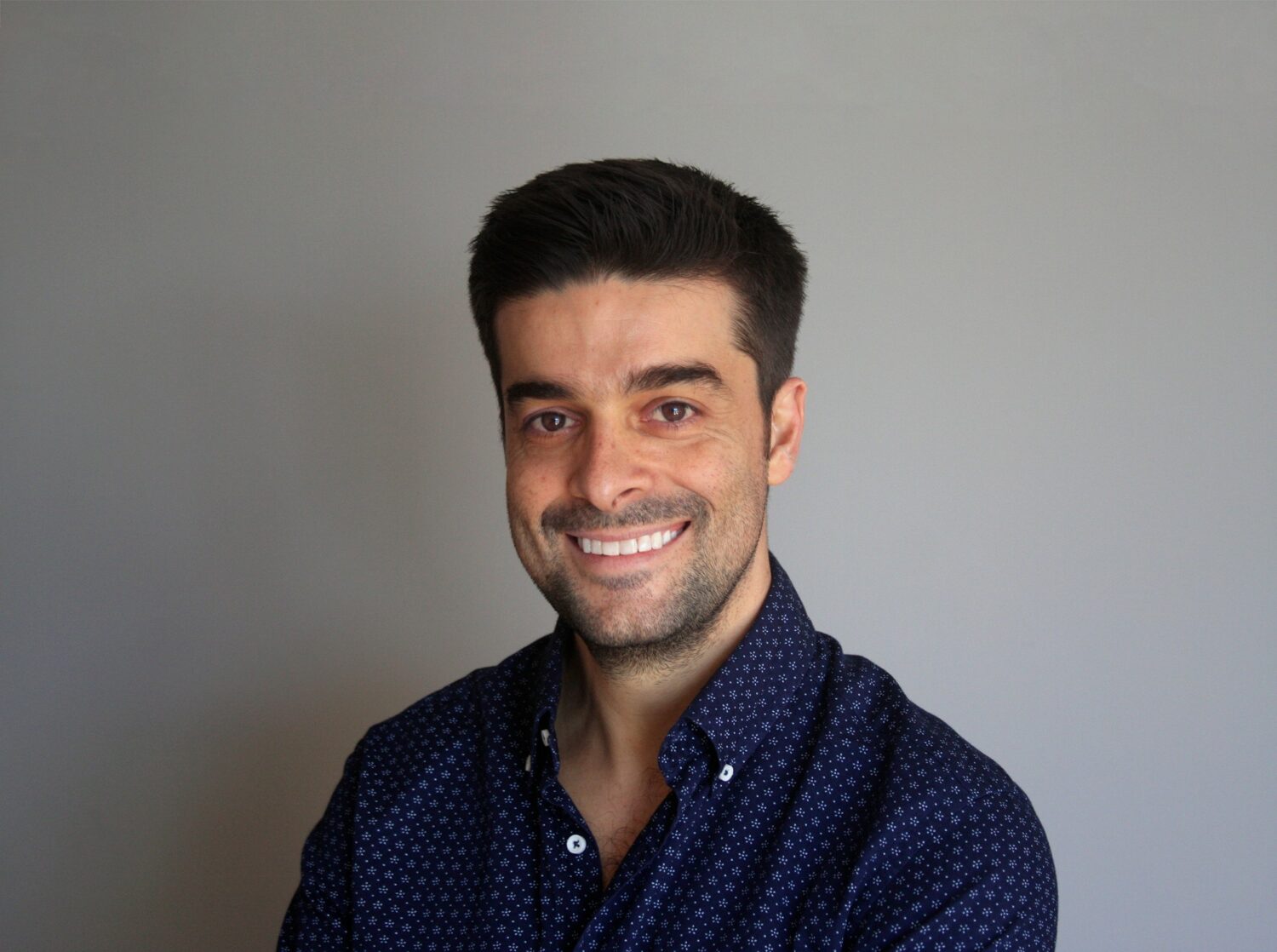
New patients at a cancer center in Michigan receive a 79-page handbook when their treatments commence. The handbook includes needed advice on what to eat and the side effects of chemotherapy drugs. One double-sided page features information about how to navigate the financial aspects of cancer treatment, including who to contact for help with medical bills.
For Leslie Vreeland-Corpe of Michigan, one double-sided page couldn’t contain all the information she needed. After being diagnosed with Stage 3 ovarian cancer in June 2016, her financial setbacks were unrelenting. A regimen of two prescription chemotherapy drugs, Paclitaxel and Carboplatin, left her with neuropathy in her extremities, causing numbness in both legs below the knee. Vreeland-Corpe was unable to feel her feet, and ultimately unable to walk without a walker. By year’s end, she was unable to work. Bills went unpaid. Her house nearly went into foreclosure.
Vreeland-Corpe still owes $25 a month for the chemotherapy regimen she completed four years ago. The most serious physical side effects of her treatment still limit her ability to work. She’s among millions of Americans struggling with the medical debt incurred by high-cost specialty drugs ― prescription drugs that offer a critical defense against rare and life-threatening conditions.
A study published in the July 2021 edition of the Journal of the American Medical Association detailed the extent of medical debt in the United States. Among the key findings:
1. Medical debt is now the largest source of debt in collections in the United States.
2. In June 2020, an estimated 17.8 percent of individuals had medical debt, totaling $140 billion.
3. The distribution of debt reveals enormous inequities. People in the lowest income brackets, people experiencing homelessness and housing instability, and people who have inadequate employment and wages, are disproportionately affected.
The rising cost of prescription drugs has seen costs shift for healthcare providers and their patients in a remarkable way. Although non-specialty drugs are more commonly prescribed, high-cost specialty drugs represent a majority of pharmaceutical budgets. A recent report from the National Institutes of Health projected spending on specialty drugs to outpace growth in the pharmaceutical market, enough to exceed 50 percent of overall drug expenditures in 2021.
The pharmaceutical industry has invested millions into drug discovery, innovations in the fields of immunotherapy, targeted therapy guided by genomic profiling, and MRNA technologies inspired by the success of the COVID-19 vaccines. These drugs bring the promise of positive clinical outcomes where they are most needed, so expanding access to them is imperative. The challenge is that these drugs, which have the power to help the most vulnerable patients, are sometimes the least affordable.
As the founder of a technology company focused on helping people afford their medical bills, I have spoken with many patients, physicians, nurses and financial analysts. From their feedback, a throughline emerged. Doctors and nurses dedicate their time to addressing patients’ medical needs without being aware of their financial status. One physician told me he prescribed an inhaler for a patient with Chronic Obstructive Pulmonary Disease (COPD). At a follow-up appointment, the doctor asked the patient how he was feeling. The patient said he never used the inhaler because he couldn’t afford it. This scenario plays out everyday across the nation, across different people, across many different medical conditions – some chronic, some life-threatening. One doctor offered a jarring comment summarizing the dilemma facing patients: would they rather be buried under dirt or under debt?
Help is available. Even if a patient has financial obligations they cannot afford, resources exist to help them close the gap. Some philanthropic foundations serve patients in a specific region, or when facing a specific disease. Manufacturers help with copays themselves. If a patient is indigent or denied coverage, they might be able to get drugs from the manufacturer for free. Still other foundations exist to help with transportation costs, utility bills, and medical equipment for cash-strapped patients. Too often, these resources are underutilized. Patients need help getting connected.
Today’s health systems have the data to determine patients’ eligibility for financial support, but typically lack the staffing to identify and match resources to the eligible patients. For a provider that sees thousands of patients a week, this is an exhausting task. Not only do patients come in and out of the system, their financial eligibility status changes, too. Financial assistance programs come on- and off-line as new treatments come to market and philanthropists open their pocketbooks. In a dynamic ecosystem, the only constant is the patients’ financial need.
Vreeland-Corpe was able to leverage some resources through her hospital to offset her medical bills. But even among upper-class individuals and their families, the cost of treatments can be prohibitive. The most popular prescription drug in the United States in 2020 cost approximately $1,662 per month in its generic form. Within this environment, it’s imperative to help patients with the greatest medical needs pay their bills.
About Srulik Dvorsky
Srulik Dvorsky is the co-founder and CEO of TailorMed, the leading financial navigation technology company that helps patients and healthcare providers remove financial barriers to care. After serving as the primary caretaker for several family members following a cancer diagnosis, he started TailorMed with a personal mission to leverage technology to remove barriers to care. He brings to the company more than a decade of experience in the medical device industry.